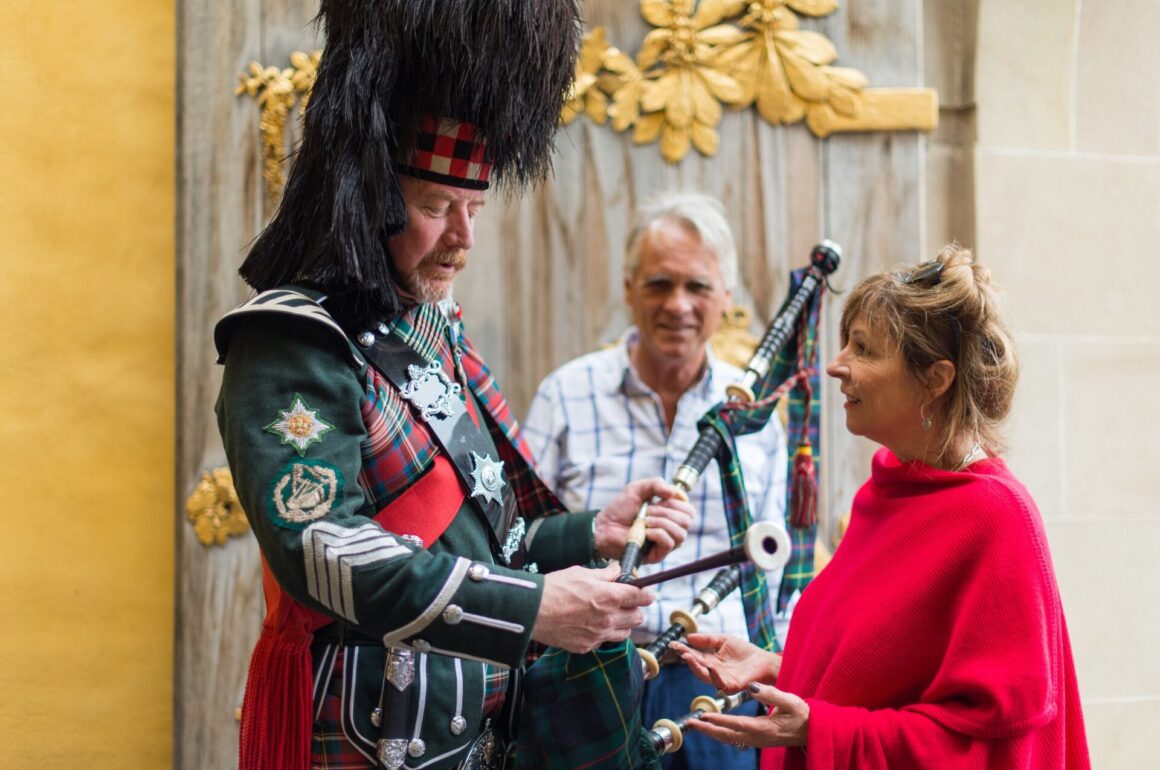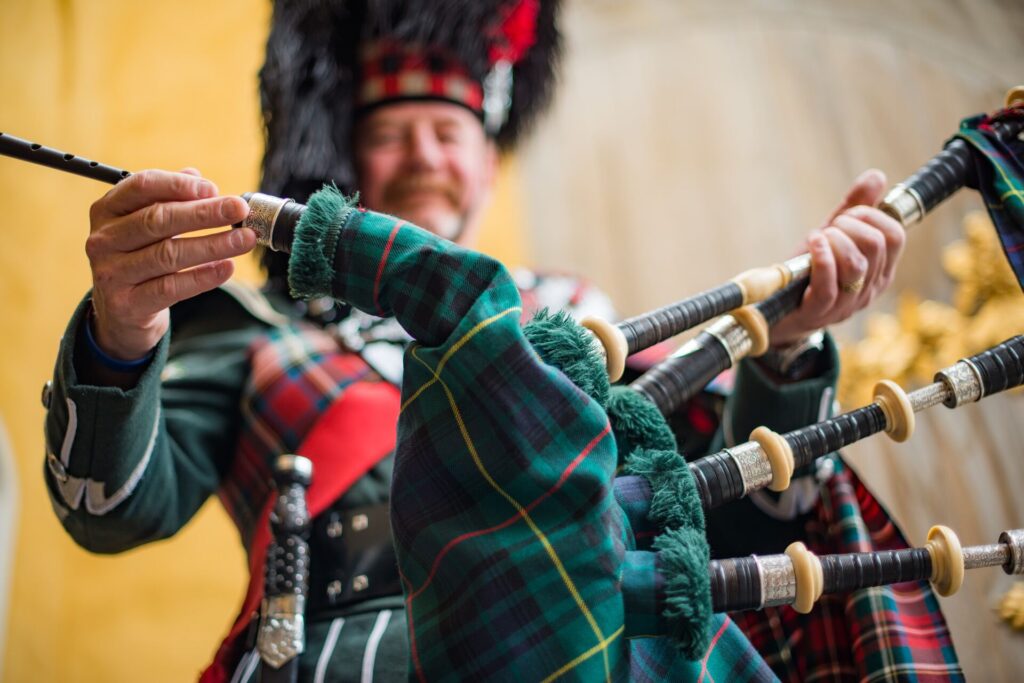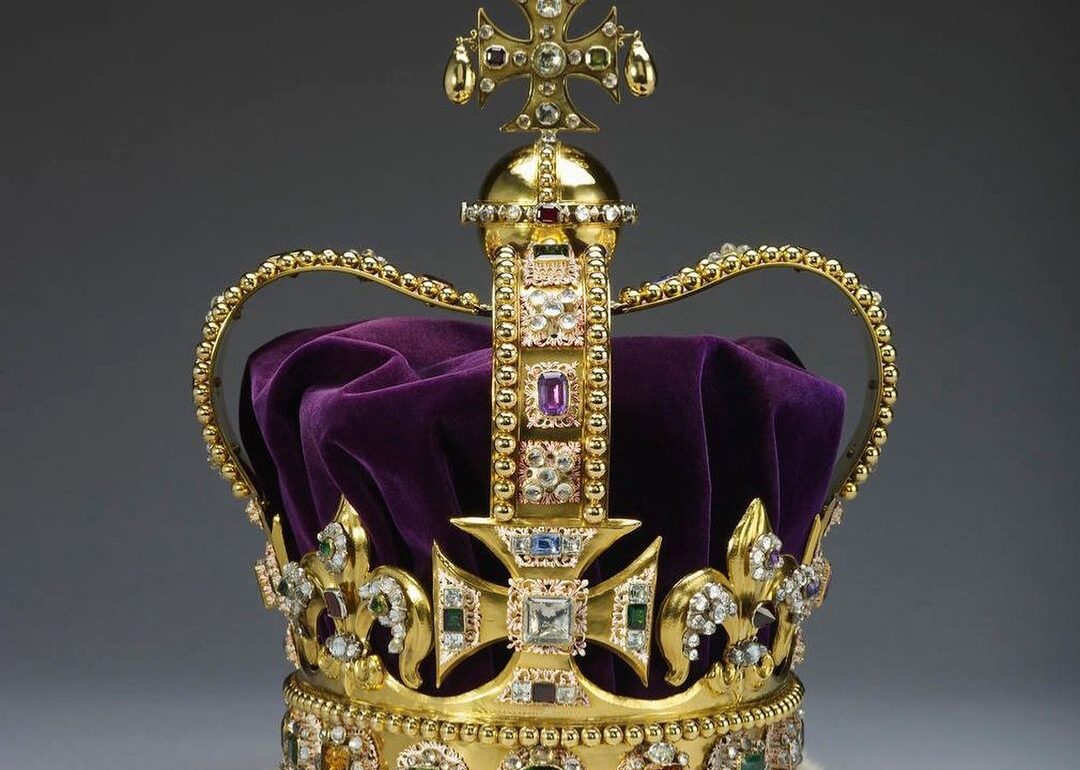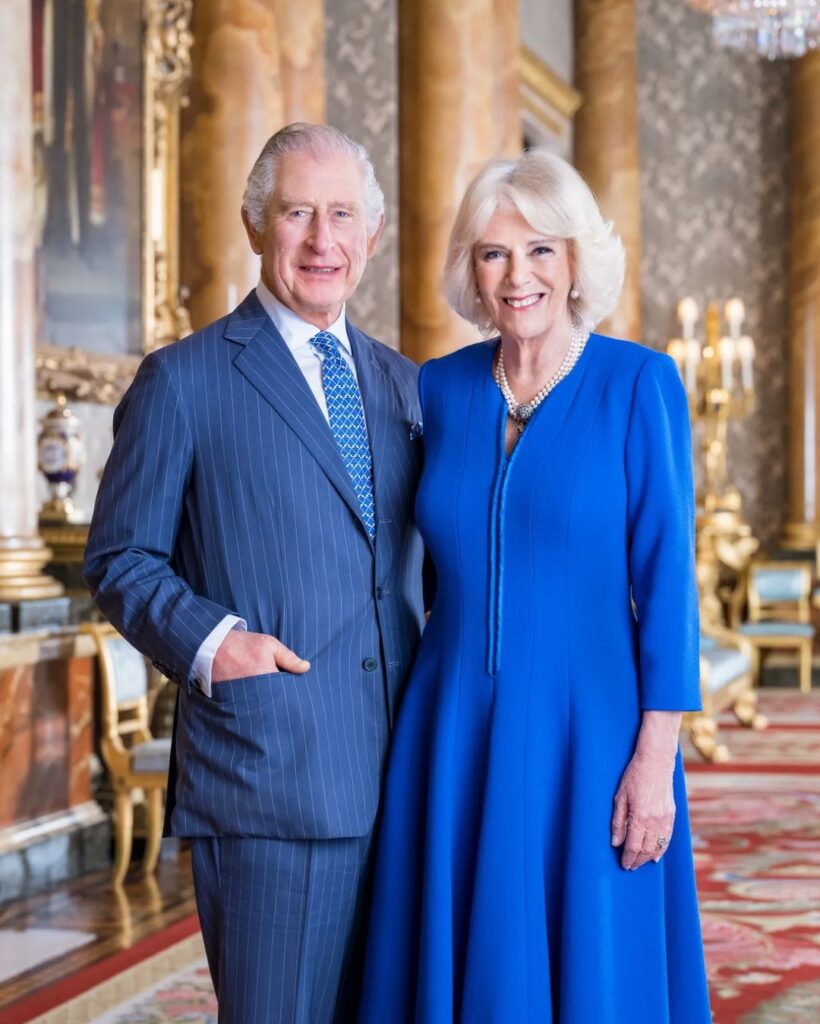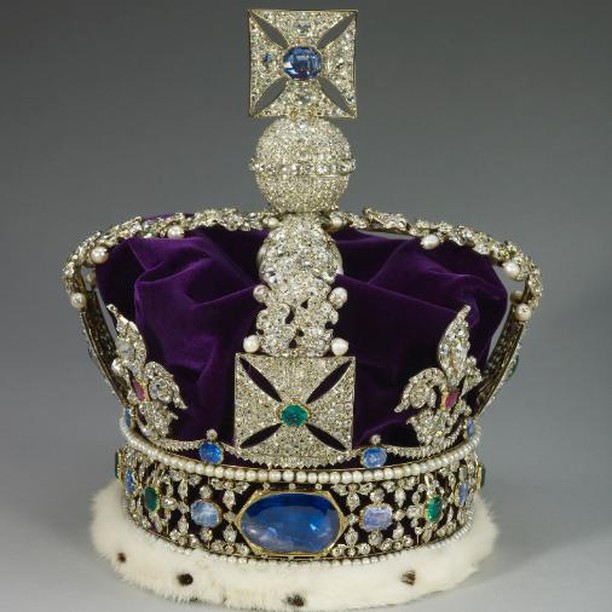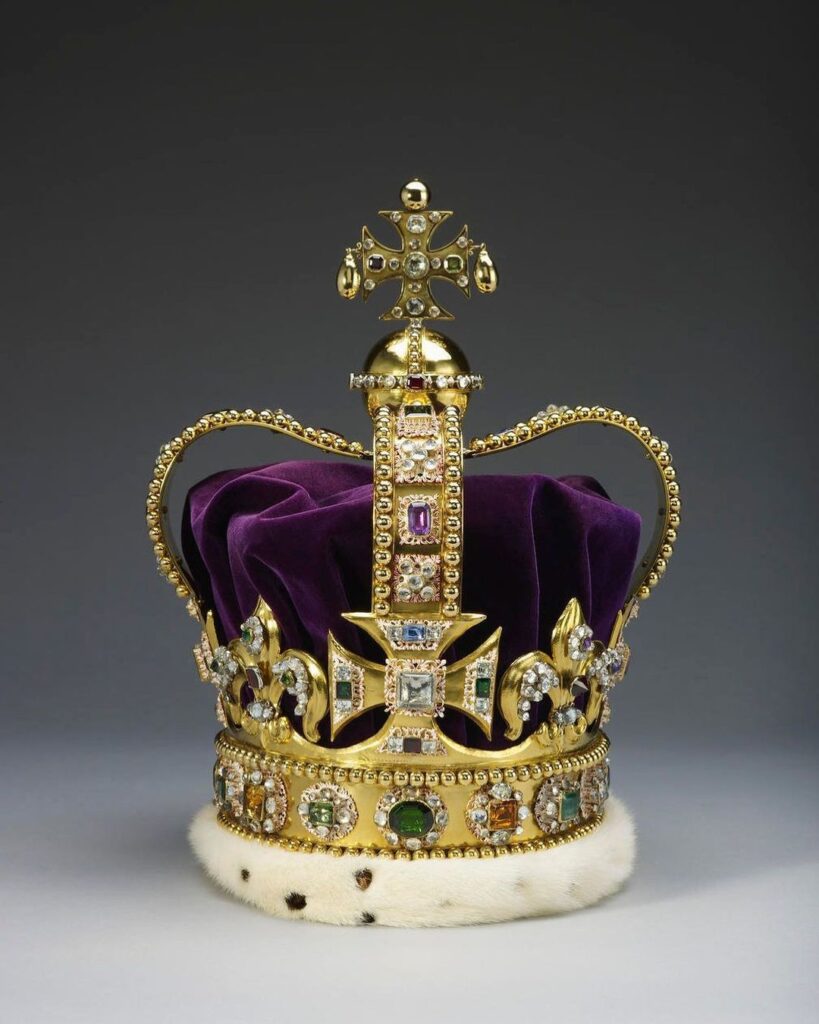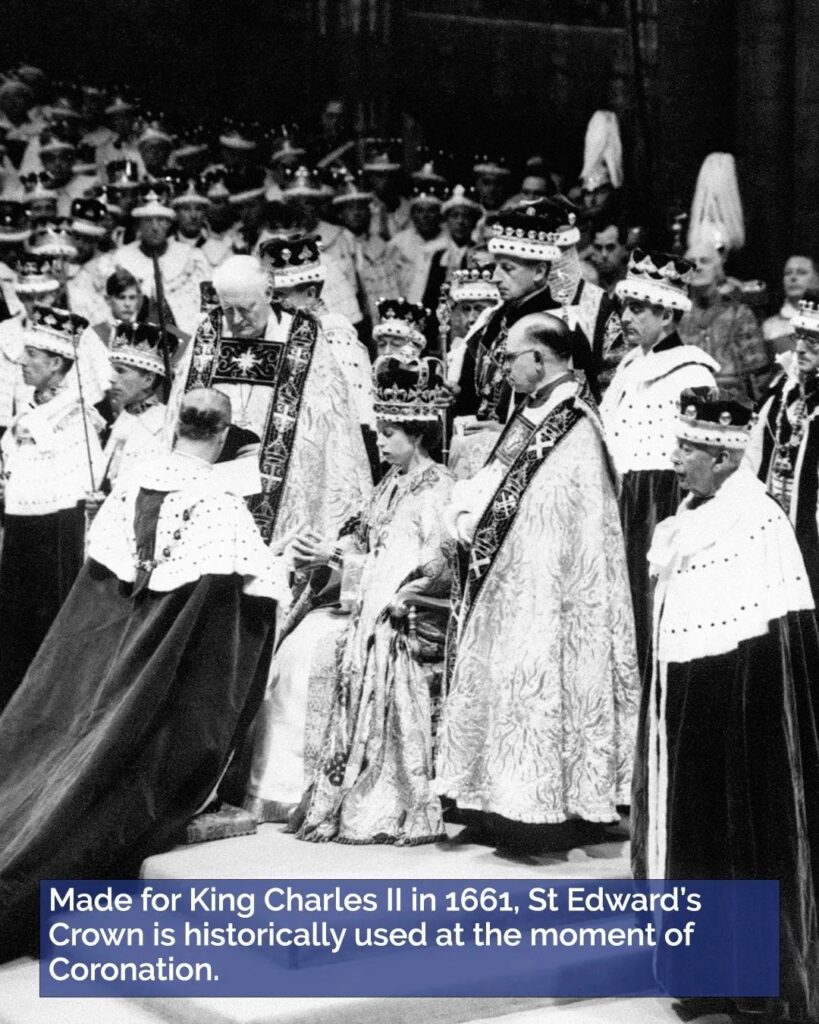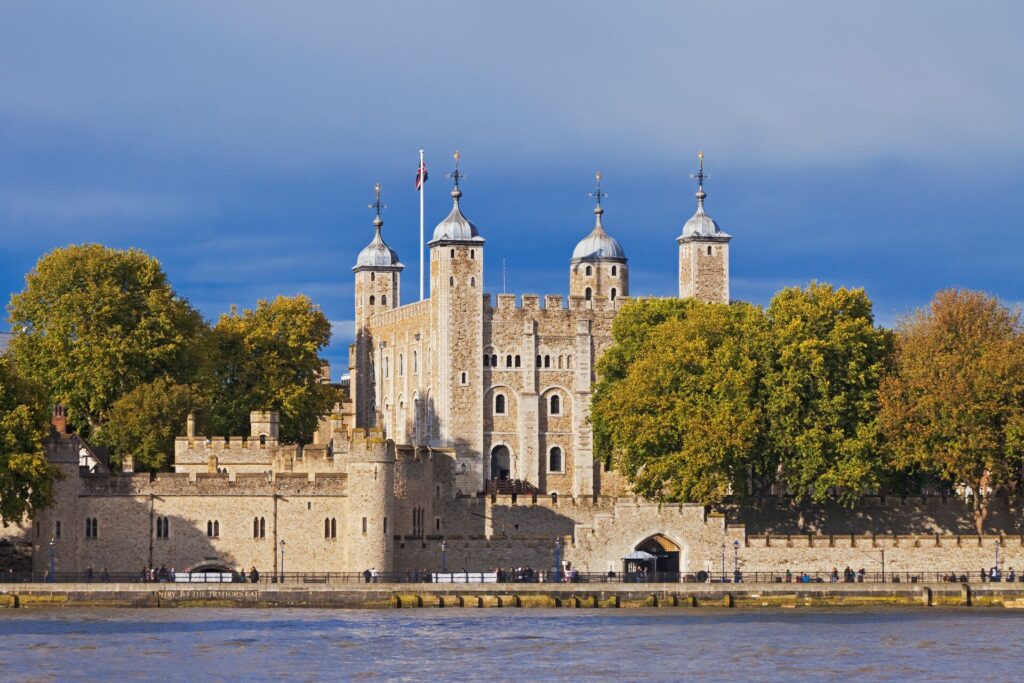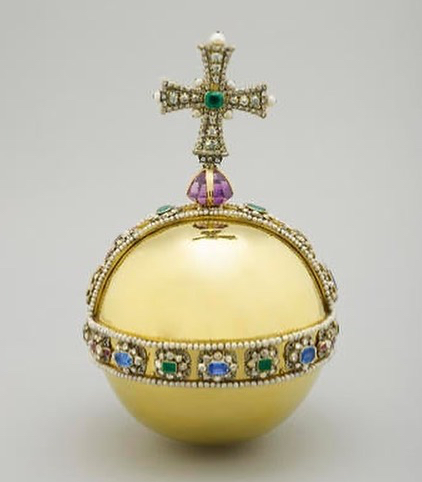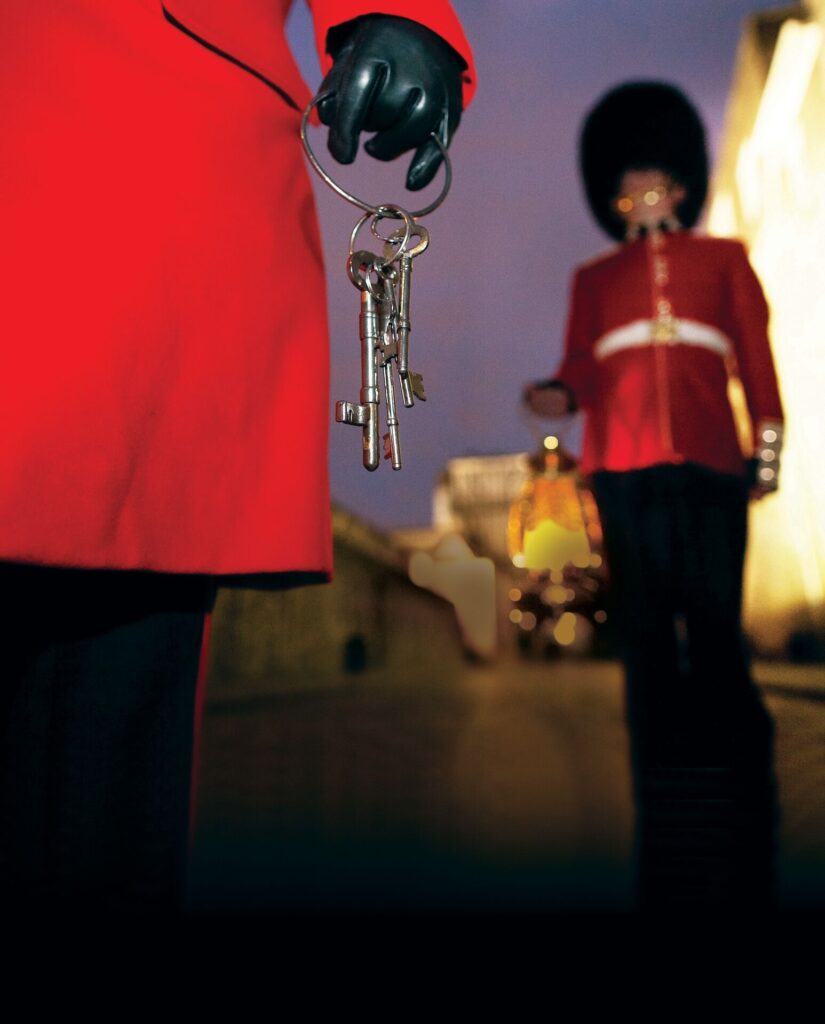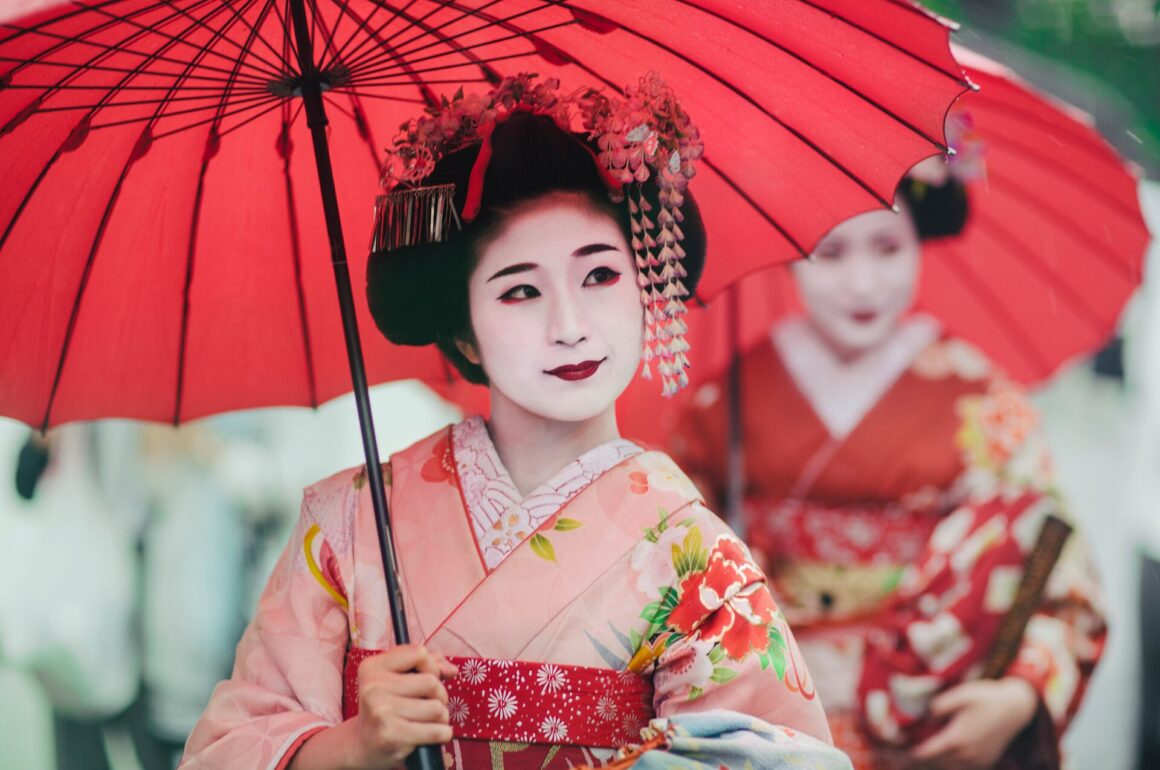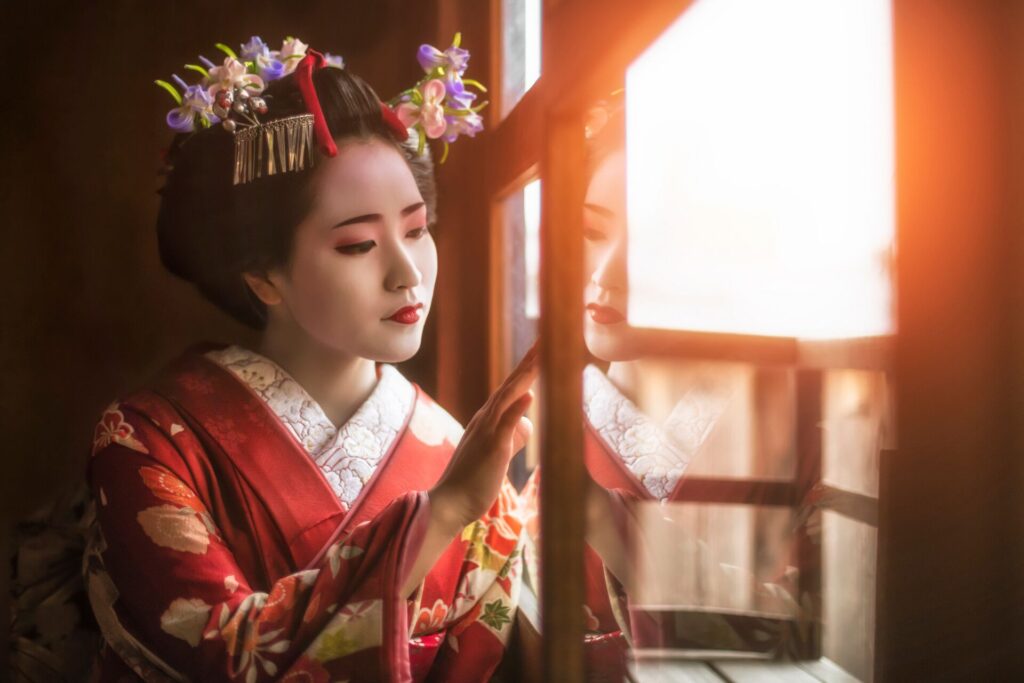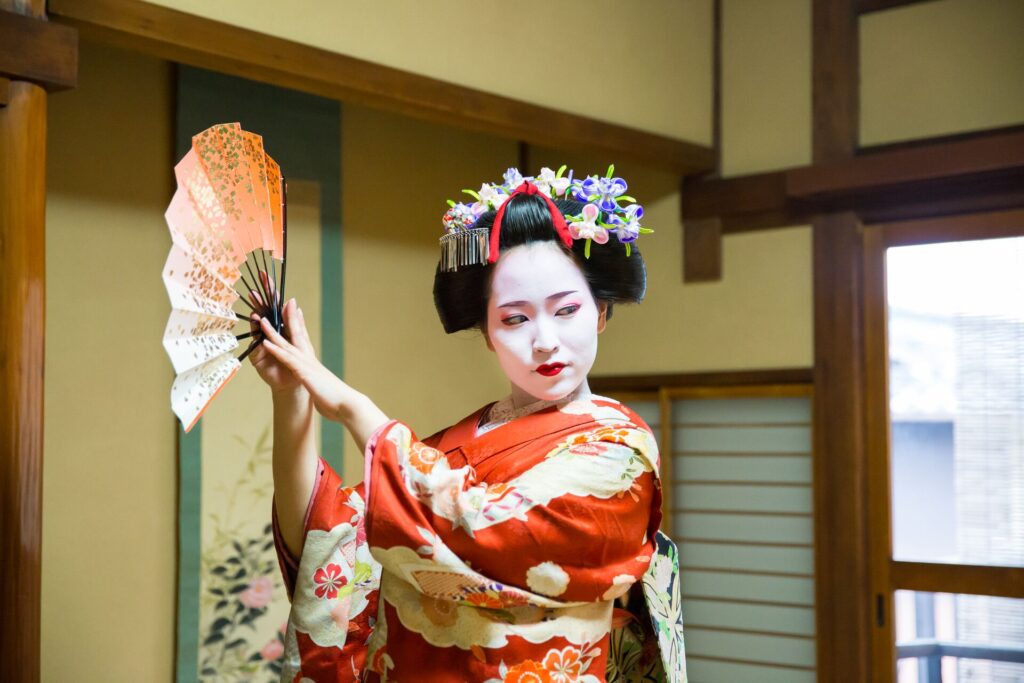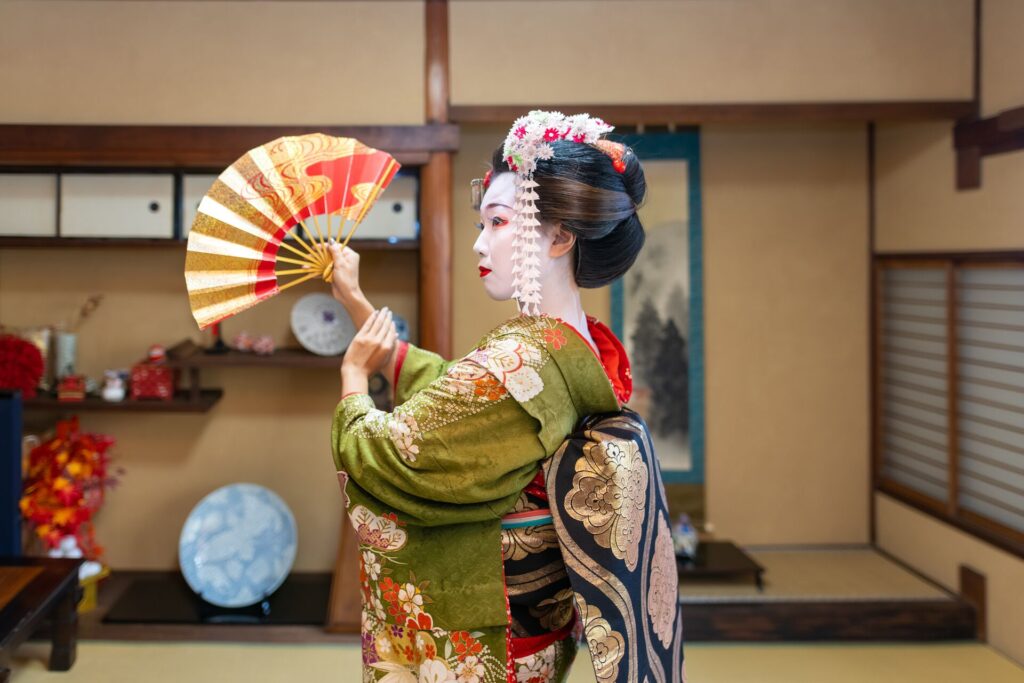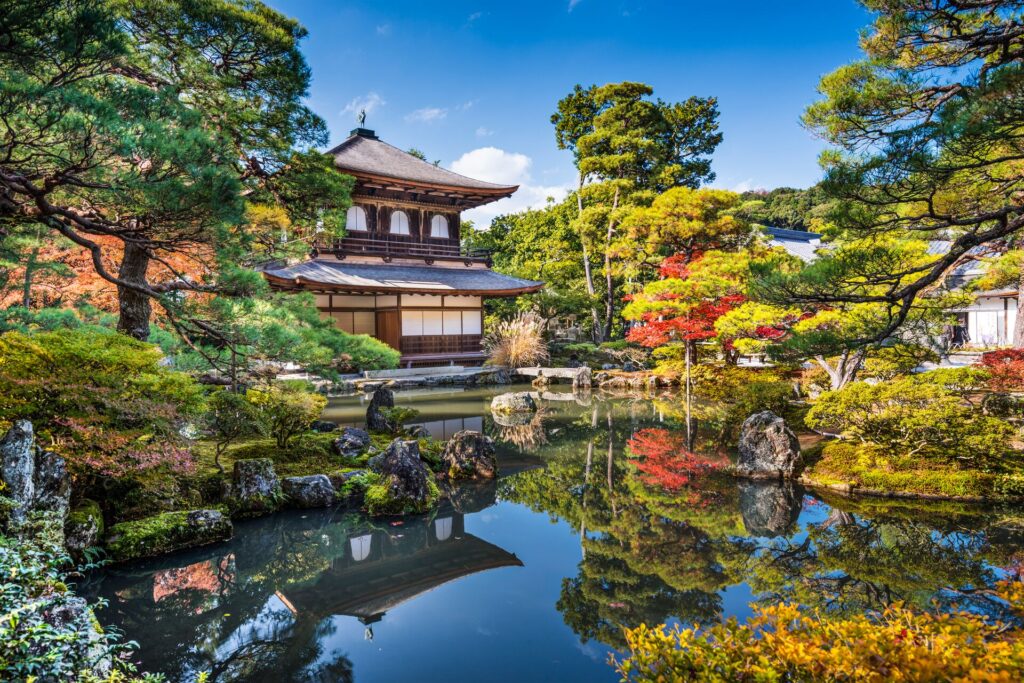Distinct, stirring and evocative. The rousing sound of bagpipes is recognized all over the world. An exclusive audience with Highland Piper Andy Coulter is a highlight of our British Royale journey, so we sat down with him to learn more about this revered instrument and his royal connections.
Enjoy an exclusive audience with Andy on: British Royale
Piping through the generations
“I’m what you call an Ulster Scot, I was born in Northern Ireland and now live near Edinburgh,” says Andy. “My father was a piper, my grandfather and my great grandfather. I started when I was 10 years old.
“After school I joined the army and spent many years in the Drums and Pipes. So, I’ve been a Pipe Major a long time. When I left, I worked for Mohammad Al Fayed as close protection security, and he asked me to get a Harrods’s pipe band going. We piped in the store and for dignitaries, as well as at his castle in Scotland.”
You may also enjoy reading: The Ultimate Luxury Shopping Guide to Edinburgh
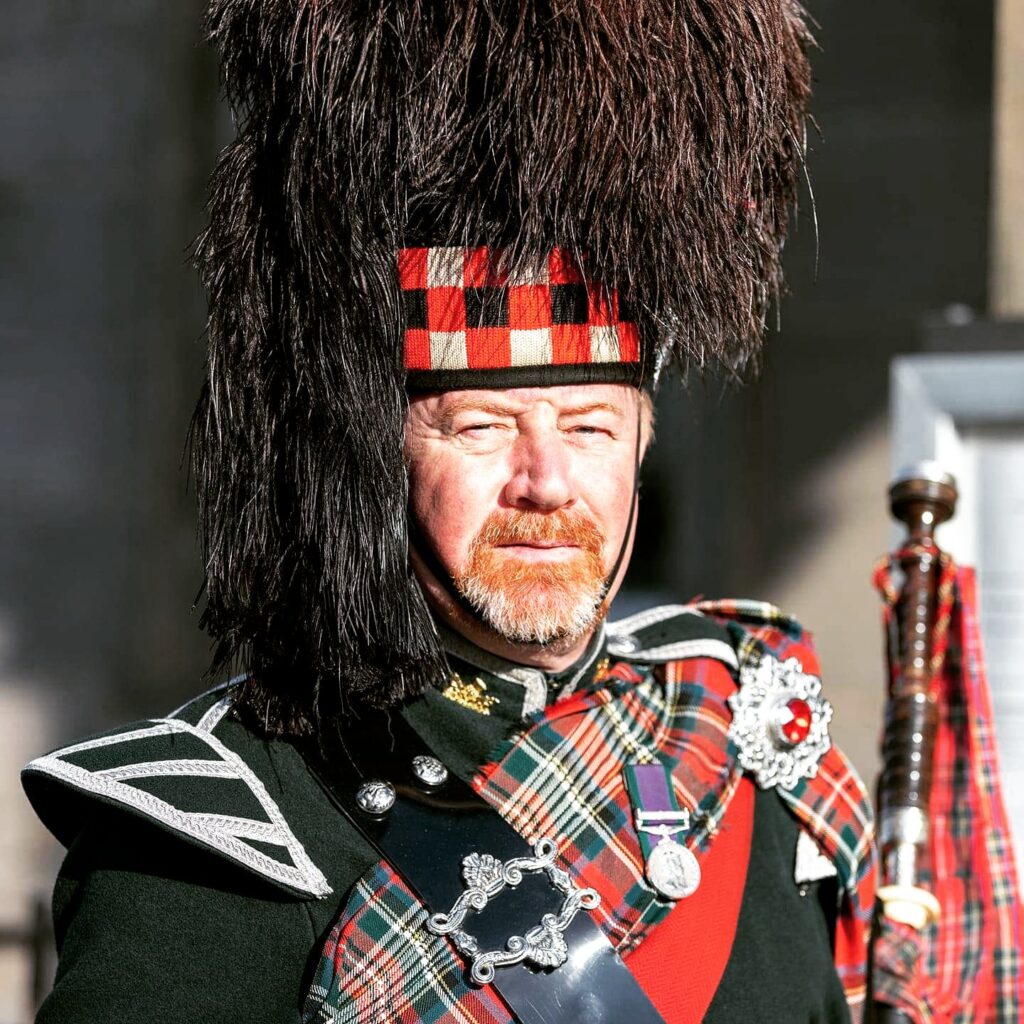
An instrument of war and heritage
“The pipes date back to the 14th century are basically a war instrument, although they haven’t been played in combat now for over 40 years, since the Falklands War.” Andy tells us. “A lot of Clan chiefs had pipes or a personal piper to pipe them into battle. They would also pipe them into dinner and pipe them into the grave!
“I play the pipes at lots of funerals and lots of weddings, it’s a very traditional thing here. They are preserving Scottish and Gaelic music and heritage for future generations.”
My royal resume
“When I was in the army my ceremonial work consisted of The Trooping of the Colour and state occasions like the Queen’s Birthday parade,” Andy tells us. He has piped in military tattoos in Denmark, Canada, Germany and France, and at the famous Edinburgh Military Tattoo. “I also piped at state banquets for Buckingham Palace and the British Royal Family. When a President, King or Queen from another country was visiting, pipers would play around the table.”
For more royal tales: Secret islands and snowy retreats: 5 hotspots loved by the British Royal family
Enduring connections
“I was piping at a state banquet at Buckingham Palace for King Juan Carlos of Spain and his wife Queen Sofia, hosted by Queen Elizabeth II,” says Highland Piper Andy. “Following our traditional performance, I was asked to play a solo for the Queen Mother. It was a very unexpected and memorable occasion and I find that Luxury Gold guests love hearing all about this.
“I also met the Queen Mother on another occasion, whilst on guard duty at Windsor Castle. This is an amusing story that I share with guest when I meet them in Edinburgh. Suffice to say she left quite an impression on me.”

An exclusive audience for Luxury Gold guests
Andy delights in sharing the details of his encounters with the Queen Mother with Luxury Gold guests, after they dine at the exclusive Royal Scots Club in Edinburgh. A grand finale to their time in the vibrant Scottish capital, Highland Piper Andy tells us “I go in and play a couple of tunes and introduce myself. We then talk, share a few stories and I answer any questions that guests might have. I’ll also get them to join in a bit with me. It is always lots of fun. I find that people are very interested in the bagpipes and piping, I think it resonates with everyone.”
Tantalize your tastebuds: The Luxury Gold guide to the finest Michelin star restaurants in Edinburgh
A cherished heirloom
“My pipes belonged to my great grandfather, and he bought them in 1888,” explains Andy, adding that they gain in value as they are handed down through the generations. “The bag itself is perishable and you also change the reeds when needed. But the pipes themselves are what you pay for. The wood is a very hard brittle wood called Mpingo. It is an African Blackwood, the best wood you can find and is worth around $20,000 a meter.
“When I first meet guests, they are often very intrigued and impressed by my uniform. The question I am asked most is how much does it weigh? It’s heavy because of the traditional Eight Yard kilt, the bonnet, shoes and pipes and comes in at 22 kilos which is about 45 lbs.”
Read how we make British Royale is exceptional: How Travel Concierge Michael Gives a Royal Welcome in the UK
A sound that resonates across the globe
“The Great Highland Pipes that I play originated in Scotland. But there are around 70 different types of bagpipes throughout the world,” says Andy. “There are Scottish Small Pipes and Scottish Parlor Pipes for example. There’s the Northumbrian Pipe and in Ireland the Uilleann Pipes. In Brittany in France, you have the Bretton pipers. They’re all Celtic nations. Pipers also played a similar looking pipe in Northern Spain, and even in Romania and places like that you can find pipes. They all have different styles of course.
“The Great Highland Bagpipes were the musical symbol of war; they were played in battle. My great grandfather played in battle in the Boer War, my grandfather played in the battle in the Somme and at Gallipoli.”
Related content: 7 of the world’s most luxurious train journeys
The next generation
“Pipes will never go out of fashion,” Highland Piper Andy says. “In Scotland the collieries all have pipe bands and that’s where they all stem back to. They are taught in school as well. Every Scottish High School in Scotland has a band or at least a few pipers. New Zealand has more pipers and pipe bands per population than anywhere else in the world and some of the best competition pipe bands can be found in Canada.
“With bagpipes found all over the world, they resonate for so many people. It’s also such a versatile instrument, associated with everything from weddings and dancing to military processions and funerals. Be it a highland fling or the haunting melody of Amazing Grace, when the pipes start playing, they always raise the hairs on the back of your neck.”
For the opportunity to meet Andy Coulter for yourself and hear the unforgettable sound of the Highland Bagpipes, take a look at our British Royale luxury tour.



